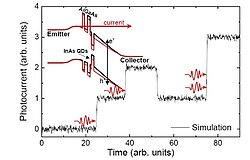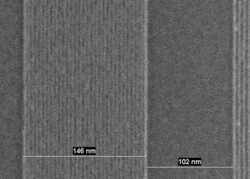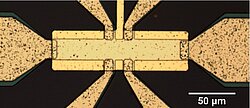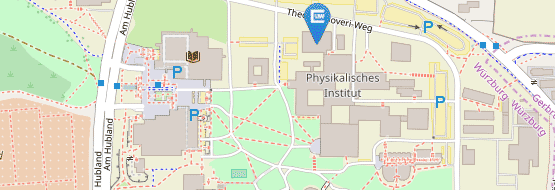Dr. Fabian Hartmann
Dr. Fabian Hartmann
University of Würzburg
Am Hubland

The III-V semiconductors InAs, GaSb and AlSb form the so called 6.1 Angstrom family. Devices based on this material system offer unprecedented electro-optical properties and flexibilities. Depending on the material composition and heterostructure layout, band gap energies and band alignments can be tuned in a wide range opening the path to tailor optical and electronic properties on demand. As a result, devices composed of these semiconducting materials can be used for various applications including high-speed electronics and opto-electronics, gas sensing and thermal imaging.
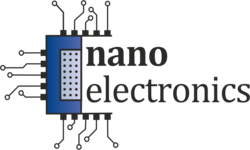
Current projects
Our group works on different opto-electronic devices that utilize the properties and flexibilities of these III-V semiconductors. Our activities include the design and epitaxial growth of complex heterostructures, the device fabrication and characterization.
Resonant tunneling diode photodetectors
Resonant tunneling diodes (RTDs) are the fastest semiconductor devices with operation frequencies up to the THz domain. Their active region is typically only a few nanometers wide and their operation utilizes two quantum mechanical effects: tunneling and energy quantization. They can be operated at and above room temperature. RTDs can be used in various applications such as (optically) controlled oscillators, high power GHz oscillators or high-speed photon detectors. We are interested in resonant tunneling diode photodetectors based on the GaAs/AlAs and InAs/GaSb/AlSb material system that allow highly efficient single-photon detection and photon counting for quantum communication applications from the visible to the infrared wavelength range.
Light detectors and emitters for mid-infrared wavelength applications
We are interested in novel light detectors and emitters for the mid-infrared wavelength region with a focus on the wavelength range between 3 to 7 µm. The mid-infrared wavelength range is especially relevant as molecules and gases have strong absorption lines in this energy range. Via tunable laser-based absorption spectroscopy (TLAS), for example, individual gases and gas mixtures can be probed sensitively and non-destructively. We work on light detectors and emitters that are based on the InAs/GaSb/AlSb material system and use cascaded type-II superlattice structures and carrier selective injector regions to improve the figure of merits, e.g. reduce power consumption, enhance operation temperature and increase detectivities etc.
Topological insulators
We are interested in topological insulators based on composite quantum wells of III-V semiconductor materials. Topological insulators based on InAs/Ga(In)Sb have large band gap energies and a rich phase diagram that can be assessed by variations in the quantum well thickness, material composition, strain, electric fields and light. Currently, we are interested in triple quantum wells consisting of InAs/Ga(In)Sb/InAs that allow band gap energies as large as 60 meV in combination with a dual gating access to the full 2D phase diagram.




